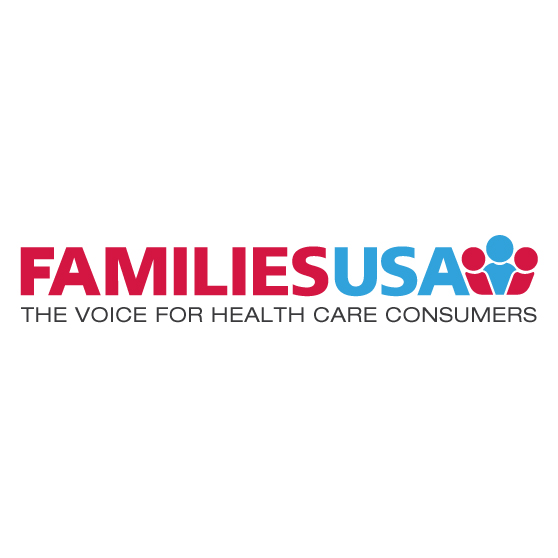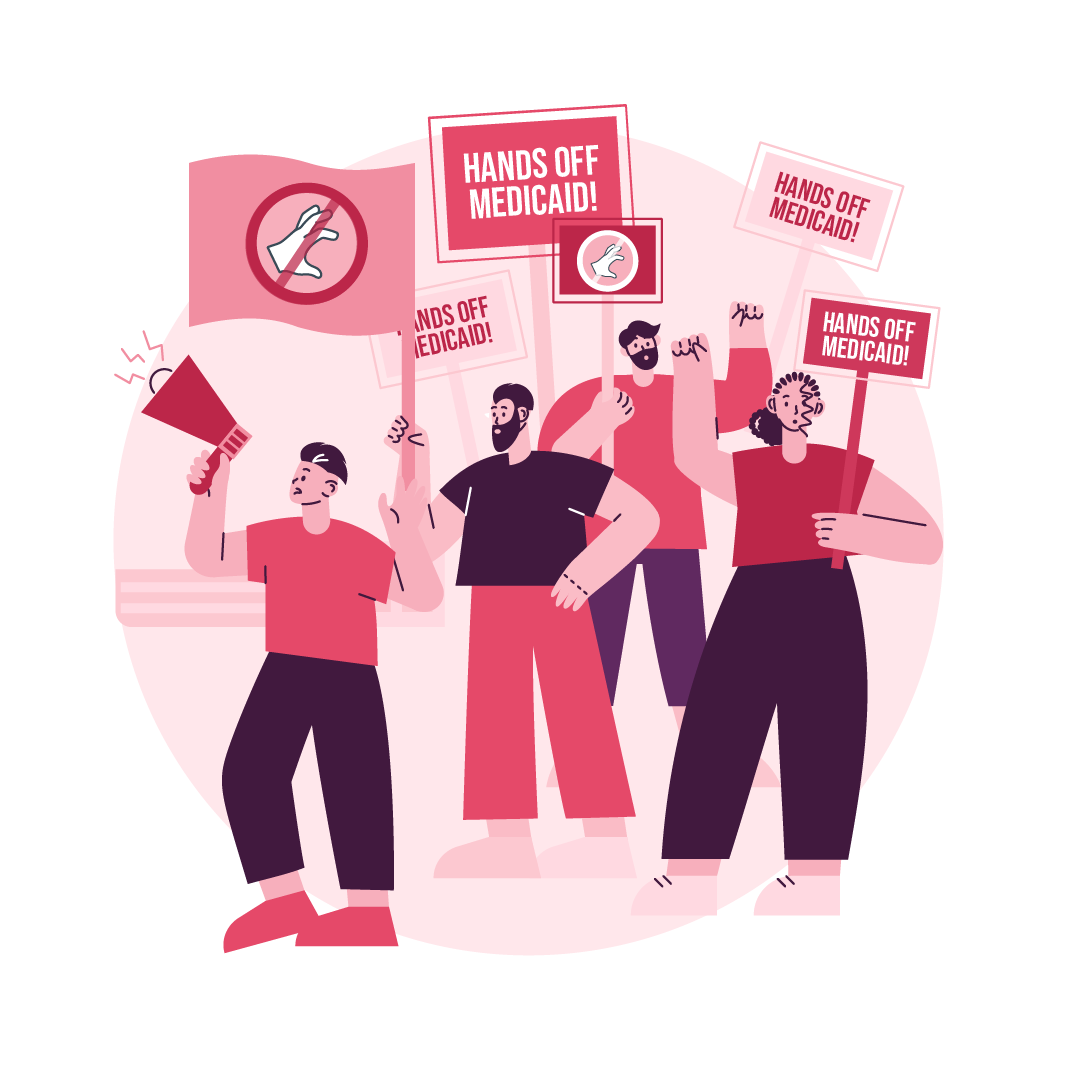
Ending Cost-Sharing Reduction Payments Will Wreak Havoc on Families
10.13.2017
Yesterday, President Trump and Acting HHS Secretary Eric Hargan announced the “immediate” end of payments to fund cost-sharing reductions (CSRs). Coming three weeks before open enrollment, this is the most malicious and harmful attack yet by the Trump Administration on the Affordable Care Act. It will wreak extreme havoc on health care for America’s families. CSR payments cover insurers’ cost of lowering deductibles and other out-of-pocket costs for almost 6 million marketplace enrollees in low-wage, working families.
But the impact of ending CSR payments extends to many other families: Premium rates will rise for people with higher incomes, and insurers may stop offering plans in many areas of the country, harming people of all income levels who buy individual or family coverage.
CBO predicted this havoc in a report issued in August. Under the law, people who earn low wages must be provided with marketplace plans with lower deductibles and out-of-pocket costs, and so if insurers are not reimbursed for this, they will have to raise their rates for other people or pull out of the market. By cutting off costs-sharing reduction payments now, the Trump administration will cause the following:
- Premiums for silver plans will rise 20 percent from the elimination of cost-sharing reductions alone, on top of premium increases already due to occur due to the rising cost of health care. This will especially harm families that have income above premium credit levels.
- A number of insurers that are already offering marketplace coverage this year or that have contracted to offer coverage in 2018 will likely pull out of those contracts, leaving many marketplaces and some entire states with no marketplace insurer. Before yesterday’s action, zero counties were at risk of having no insurers in 2018.
- The federal deficit will increase by $194 billion over 10 years.
It is urgent that Congress take bipartisan action to permanently fund cost-sharing reductions and improve health care for consumers.




